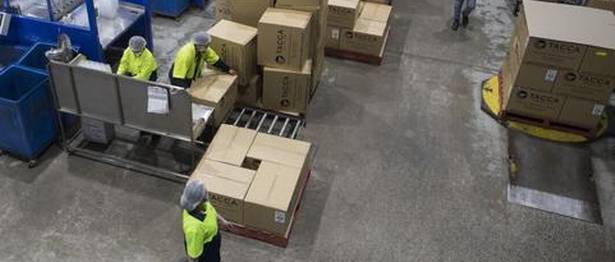
The recent draft amendments to the Consumer Protection (E-Commerce) Rules, 2020, put out by the Department of Consumer Affairs are targeted to bring equal rights, restrict the flash sales by large players, and ensuring fair-trade practices. However, is the industry mature enough for these proposed restrictions? We have made huge progress in this sector by defining different models more clearly namely, e-commerce, e-commerce marketplace model, e-commerce inventory-based model, and so on. The government has also allowed 100 per cent FDI for various models to leap forward. These progressive changes were welcomed by the industry players, and we are not yet ready for restrictive rules. It will not only impact the e-commerce segment, but will also affect the allied sectors like logistics and supply chain limiting their growth.
Internet penetration is still low in India and e-commerce is still picking up in Tier-II and Tier-III cities. The Indian e-commerce sector is likely to grow to $99 billion by 2024 from $30 billion in 2019, expanding at a 27 per cent CAGR. As against this, the Indian e-commerce logistics market was at $2.9 billion at the end of 2019 and is likely to reach $11.48 billion by 2024, growing at a CAGR of 18.8 per cent. Instead of looking at restrictive rules, we need to make the best use of the right set of circumstances. Positive intervention by the government will help to establish the right ecosystem and improve the logistics infrastructure.
Some immediate attention on the key aspects will certainly boost the logistics sector
Education and skilling
In India, online shopping is still evolving. While buyers are enjoying the wide variety at competitive prices, sellers are pampering them to build stickiness and pipeline. Immaculate customer experience is one of the core elements of this equation. Typically, a significant part of this responsibility lies with their logistics partners as we manage the last mile deliveries and end-customer interactions. Poor conduct of a delivery agent can completely kill the joy of receiving any parcel. Thus, courses on developing soft or rather essential skills should be one of the key areas of focus. Similarly, there exists huge potential in conducting various functional courses like warehouse management, specialization in the supply chain, data entry and management. Basic training on documentation, rules, and regulations across borders and knowledge about maintaining the health of vehicles should be imparted to the truck drivers so that they are self-sufficient in trouble-shooting during the trips. Offering these courses under Pradhan Mantri Kaushal Vikas Yojana (PMKVY) will be beneficial to make people job-ready and enhance employment opportunities. In the last 5 years, occupation in the warehouse industry has grown by 77 per cent, and the industry is expected to grow at a CAGR of ~15 per cent in the next 5 years. Similar is the story for freight forwarding & contract manufacturing too. This clearly indicates the need for more structured education and adding a skilled workforce to the cadre.
Ease in supply chain forMSMEs
Data suggests that small and medium enterprises (MSMEs) contribute ~30 per cent to India’s overall GDP and 33 per cent to the country’s total manufacturing GVO. During the pandemic, MSMEs suffered the highest, and hence the allied sectors, including the logistics, suffered too as manufacturing requires extensive logistics and supply chain support across all three delivery miles. While the government has extended many benefits and relaxations to them, there is a need for more. The relaxations in the various legs of the supply chain can act as a breather. For instance, for manufacturing companies, there are two classic concepts of the supply chain: Make to Stock (MtS) and make to Order (MtO). Choosing one over the other always means a trade-off between cost, efficiency, and customer service, making it tough for MSMEs to decide. Support in forms of incentives on technology adoption for better operations management or for overall competency in supply chain management can make the operations more efficient.
Learn and adopt the best practices
The Logistics Performance Index 2018 ranked India at 44th place, down from 35th rank in 2016 and were even behind Asian countries such as Vietnam, Thailand, Malaysia, and of course China. Similarly, India’s supply chain and logistics costs currently account for 14 per cent of the country’s GDP, compared to global average of ~8 per cent. There is a huge scope of improvement for India in trade and transport, competence, and quality in logistics services, bringing process efficiencies and thus reducing the overall logistics cost. For other Asian countries, growth in logistics has typically emerged from economic expansion and a rise in e-commerce and manufacturing sectors. India should focus on scaling up mainstream sectors, including e-commerce, to ensure scale in the logistics industry.
While regulations and governing rules are essential, the need is to encourage more trade and build a resilient ecosystem today. Unless that is in place, creating more barriers and interfering will only restrict the growth of the logistics industry. .
Read full article at BusinessLine
